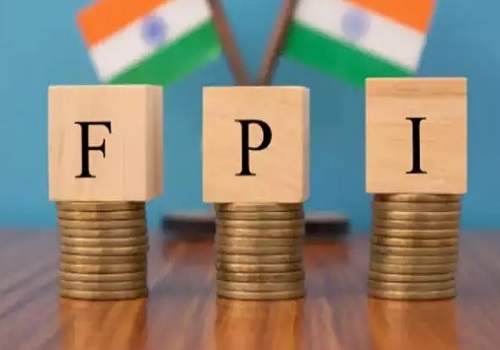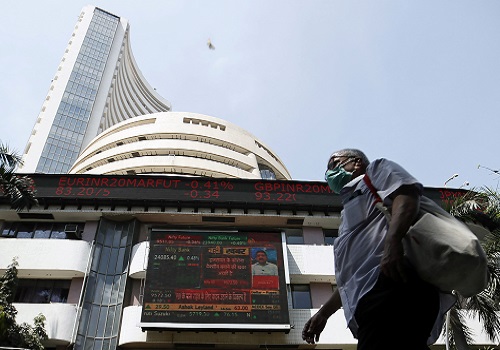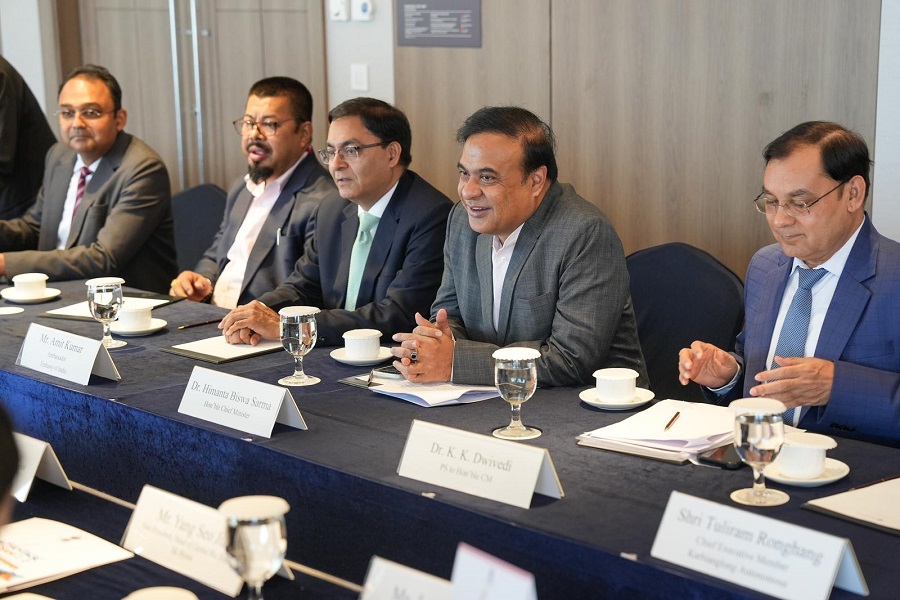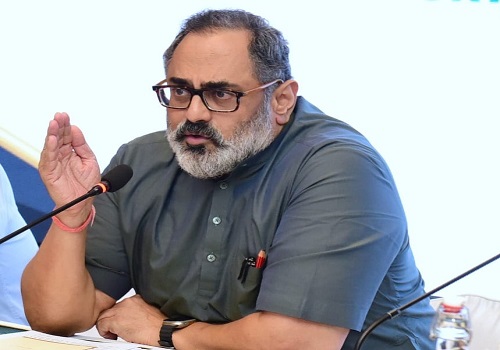India`s public sector banks clocks 11 pc growth at Rs 236 lakh crore in April-Sep FY25
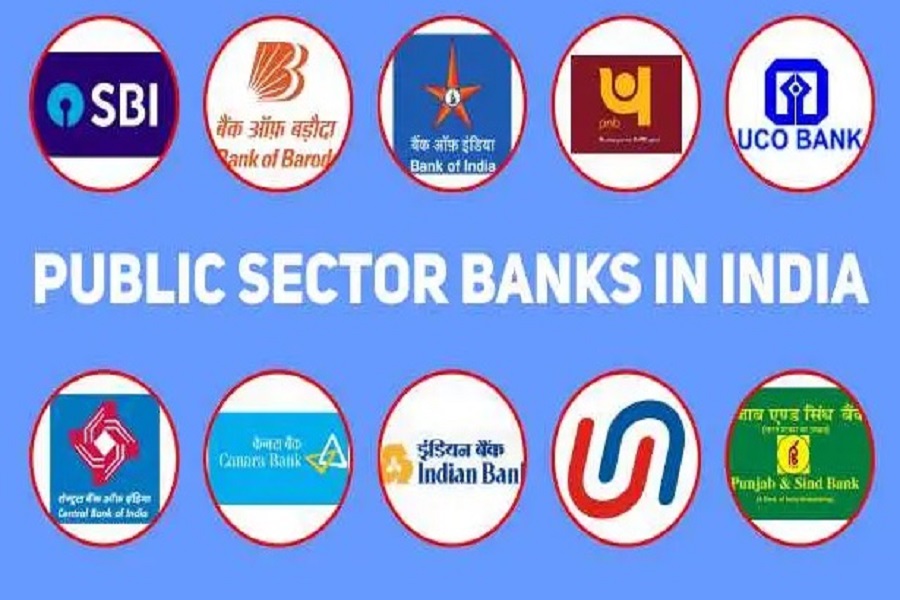
Public sector banks (PSBs) showed strong performance in the first half of current fiscal (FY25) with 11 per cent annual growth as their aggregate business stood at Rs 236.04 lakh crore in the April-September period, the government said on Tuesday.
Global credit and deposit portfolio grew by 12.9 per cent and 9.5 per cent (year-on-year), and stood at Rs 102.29 lakh crore and Rs 133.75 lakh crore, respectively, according to a Ministry of Finance statement.
The operating and net profit for H1 FY25 was Rs 1,50,023 crore (14.4 per cent YoY growth) and Rs 85,520 crore (25.6 per cent YoY growth).
The gross and net NPA stood at 3.12 per cent and 0.63 per cent (as on September 2024) as gross and net NPA declined by 108 bps and 34 bps, respectively. The capital-to-risk-weighted asset ratio (CRAR) stood at 15.43 per cent in September, against the regulatory requirement of 11.5 per cent, according to the Ministry of Finance.
PSBs have also shown significant progress in adopting new-age technologies like AI, cloud, Blockchain etc, upgradation of existing digital infrastructure, putting in place necessary systems/controls to tackle cyber security risks and taking multiple steps to provide best-in-class customer services.
Under the leadership of Prime Minister Narendra Modi, and the guidance of the Union Finance Minister Nirmala Sitharaman, major banking reforms like the Implementation of Enhance Access and Service Excellence (EASE), enactment of the Insolvency and Bankruptcy Code (IBC), putting in place a robust governance framework, setting up of the National Asset Reconstruction Company Ltd. (NARCL), amalgamation of PSBs among others., were undertaken in the last few years.
The review meetings chaired by the Finance Minister facilitated deliberations on a range of current and emerging issues with the Chief Executives of PSBs. "The reforms and regular monitoring have addressed many concerns and challenges, and resulted in setting up of enhanced systems and processes for credit discipline, recognition and resolution of stressed assets, responsible lending, improved governance, financial inclusion initiatives, technology adoption etc,” said the government.














